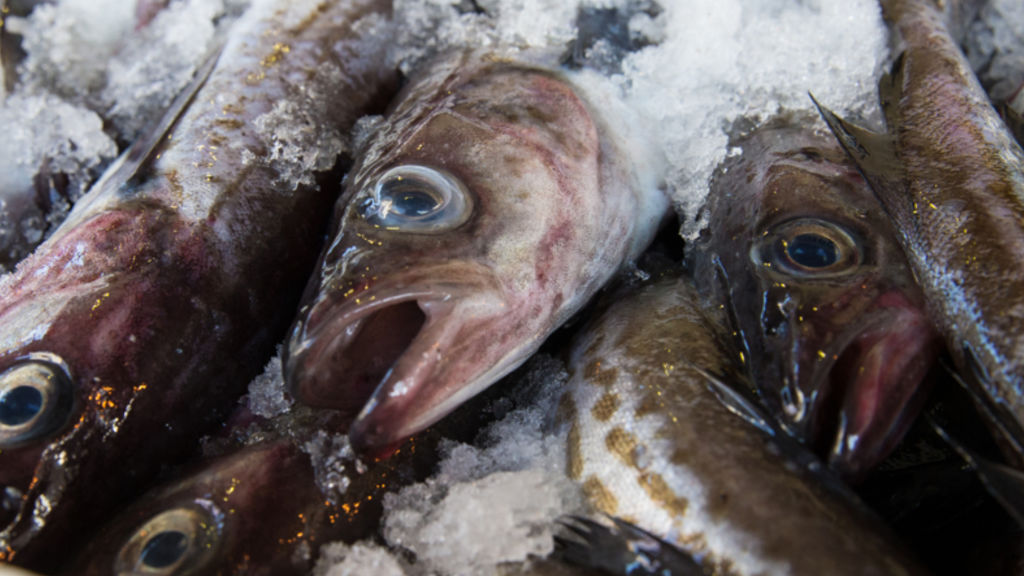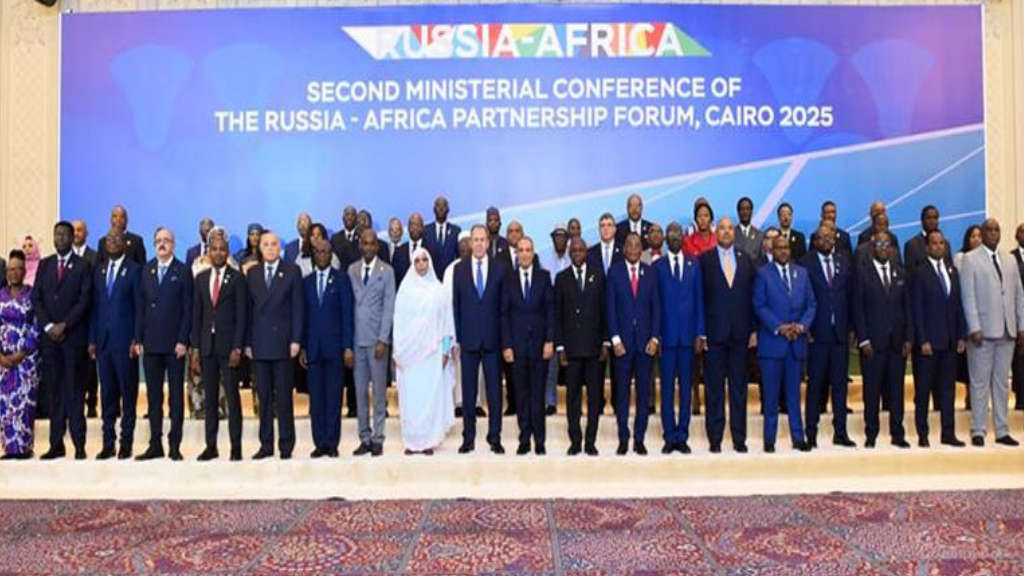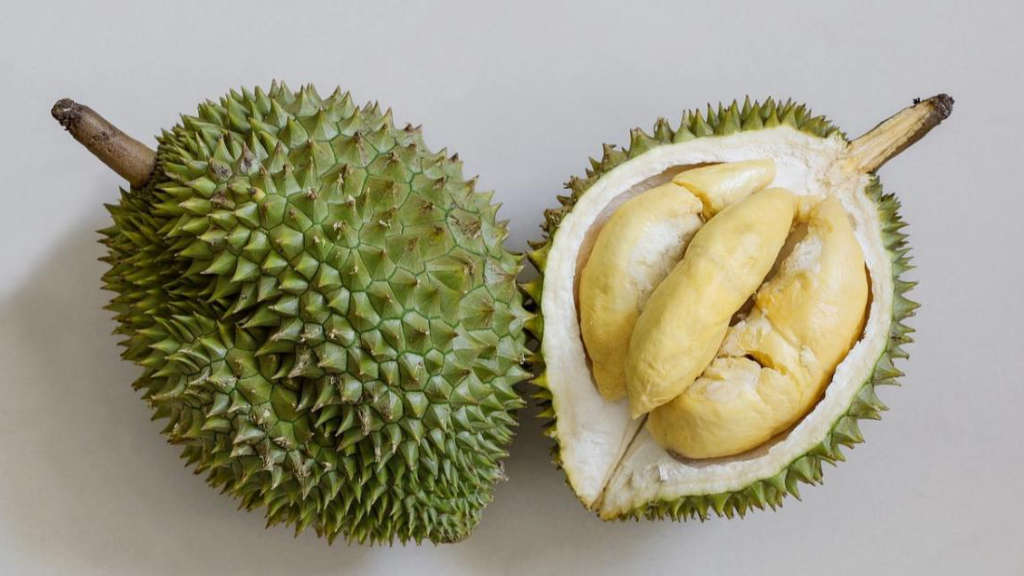The Russian Fishery Shipowners Association (FSA) has said that Russia exported more than 1 million tonnes of frozen fish in 9M 2024, accounting for 17.4% of global exports compared to 16.2% at the end of 2023, following an analysis of global fish export statistics.
The FSA said that “Frozen fish remains the main product of Russian fish exports, with shipments accounting for 80% of total fish product exports from Russia in physical terms and 50% in value terms. Russia traditionally occupies a leading position among global exporters in terms of export volumes.”
The other top five exporters by volume in the first nine months of the year include China with a share of 11.7%, the Netherlands (7.2%), Norway (7%) and the United States (6.6%).
Up to half of the frozen fish in Russia’s export portfolio in physical terms consists of pollock, with the remainder distributed among sardines, herring, cod, salmon and other species of fish, the FSA said.
However, Russia’s share in the value of global frozen fish exports is lower than its share in volume, at 13%. “This is due to the lower average price compared to the main competitors. The average price of Russian frozen fish in 9M was US$1,622 per tonne, while frozen fish from the USA cost US$3,247 per tonne,” the association said. “Norwegian frozen fish sold for US$2,752 per tonne and Chinese frozen fish for US$2,211 per tonne. Overall, the average price of a tonne of frozen fish in global exports in 9M was US$2,235, which is 37.8% higher than the Russian price.”
The main markets for Russian frozen fish are the Netherlands in the EU, and China, South Korea and Japan in east Asia.
The lower average price of Russian frozen fish is due not only to the predominance of less expensive species in the export structure but also to the negative influence of geopolitical factors, including sanctions and tariff restrictions, it said. Their impact leads to the same types of fish being more expensive from competitors. These external negative factors are also exacerbated by the export duty rate introduced from October 2023 to the end of 2024. At the same time, the association noted that the risks of its extension to 2025 remain.
Global fish and seafood exports (including frozen fish) reached nearly US$86 billion in value in 9M, and by the end of the year the total is likely to be close to the 2023 level of US$138.7 billion, down 6.4% from 2022, the FSA said. Russia’s share in 9M amounted to 4.6% compared to 4.2% in 2023.
Further Reading
Russia’s Great African Expedition Sets Off To Explore Africa’s Continental Coastal Fisheries





